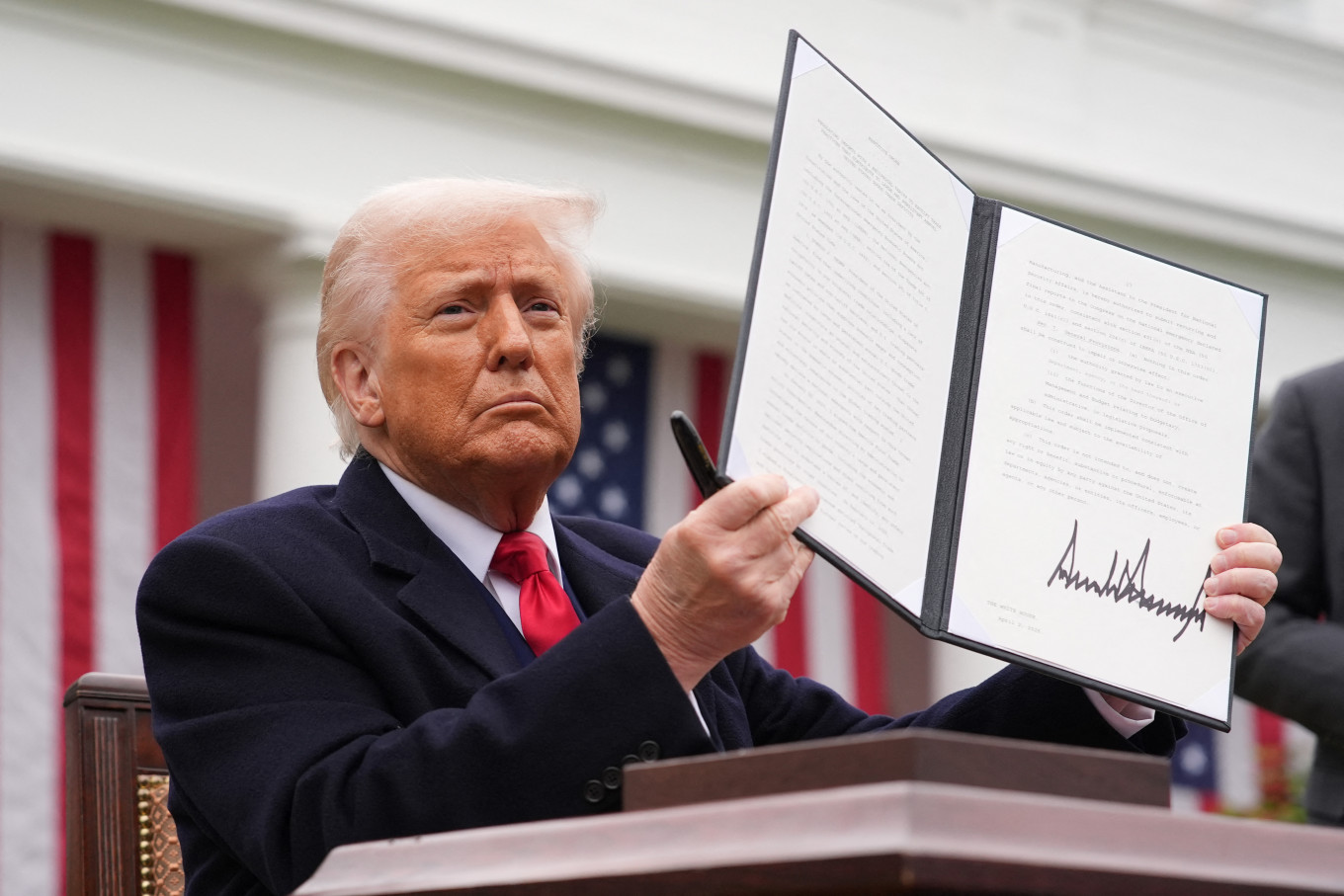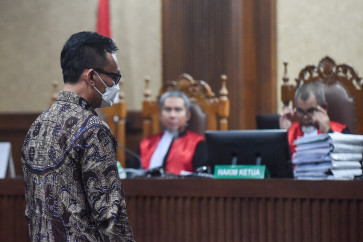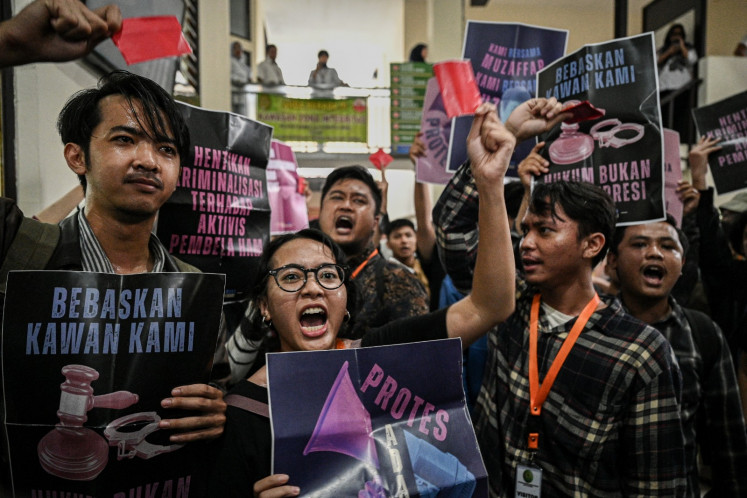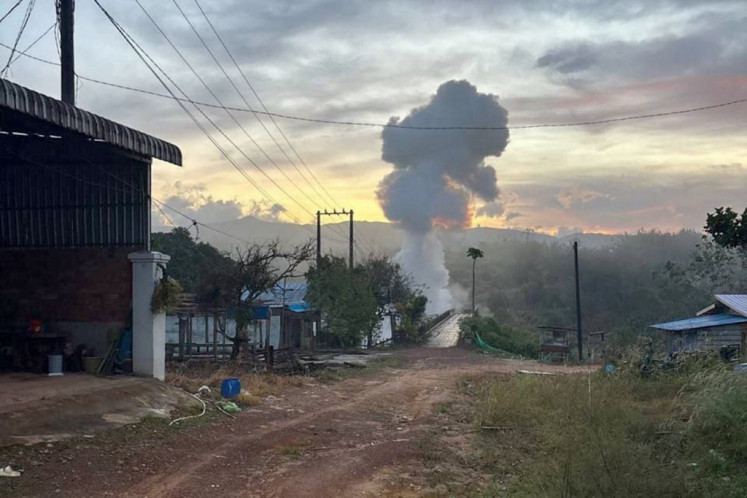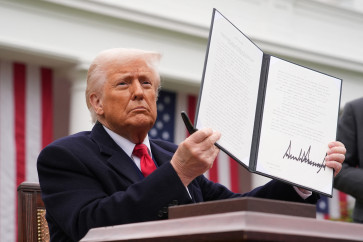Popular Reads
Top Results
Can't find what you're looking for?
View all search resultsPopular Reads
Top Results
Can't find what you're looking for?
View all search resultsIs the trade deal with the US truly a victory for RI?
Should the public worry about negative consequences of the deal, as free market access for US products may harm domestic industry?
Change text size
Gift Premium Articles
to Anyone
T
he trade deal that President Prabowo Subianto and Donald Trump reached on July 15 has sparked heated debate among the public and observers in the field. Is this victory worth celebrating, or should the public worry about negative consequences of the deal, as free market access for United States products may harm domestic industry?
To address its trade deficit, the US has implemented reciprocal tariffs, adding an extra 10 percent base rate on all imports, with much higher rates for trade-surplus countries. In response, nations like Vietnam and Indonesia, which have trade surpluses with the US, quickly sought agreements to ensure continued access to the vital US market.
In this game of striking a deal with the US, Indonesia managed to secure a lower US reciprocal tariff, down from 32 percent to 19 percent, which is on par with and even slightly better than the rate given to Indonesia’s competitor in the labor-intensive export sector, Vietnam (20 percent). This means Indonesia’s goods entering the US market will now be levied with a 19-percentage-point higher rate than what it usually pays.
Surely, it feels like a loss. However, in a world where every other trade-surplus economy faces similar punishment, securing a lower tariff than its competitors means that Indonesia can maintain its export market share in this difficult time, especially in the labor-intensive sector. This 19 percent rate, at the very least, also offers a sense of certainty for businesses operating in or considering relocating to Indonesia.
But, as the global demand continues to slow down this year and the following year, it is unlikely that the package will do much to boost our overall gross domestic product (GDP) and exports. Hence, it is better to see this deal as damage minimization, rather than a full-blown win.
In return for the lower US tariff, Indonesia must grant full market access to US goods: Eliminating tariffs, removing non-tariff barriers (NTBs) and committing to additional purchases of US energy, agriculture and aircraft. Yet, the impact is less dramatic than it may first appear.
Nearly 90 percent of Indonesia’s imports from the US already carry low tariffs, with one-third entering tariff-free and the rest capped at 5 percent. Most US imports, such as gas, soybeans, wheat, cotton and aircraft, are items Indonesia doesn’t produce domestically at scale or at all.

